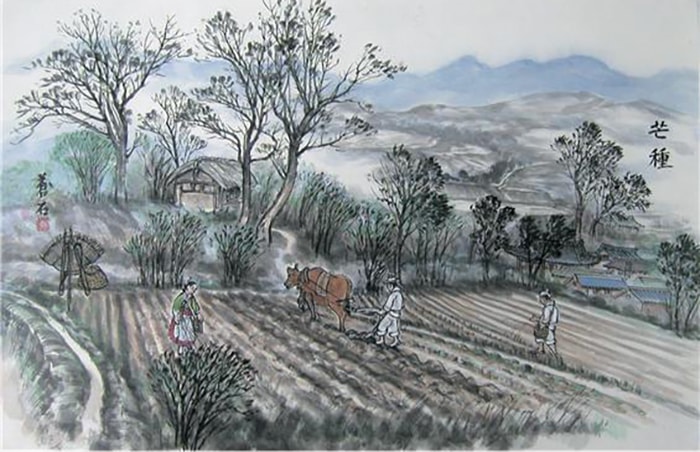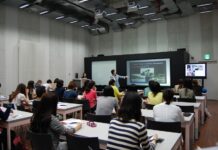Mangjong always falls between the Day of Steady Growth (Soman, 소만, 小滿) and the Summer Solstice (Haji, 하지, 夏至). It usually falls in the fifth lunar month and happens around June 6 or 7 by the Gregorian calendar.

Mangjong, “The Day the Grain Begins to be Harvested,” falls on Sunday, June 5, this year. Early June is a busy time for farming communities across the country, as farmers generally harvest the first crop of rice and barley and then prepare for the second sowing.
As you can tell by its name, Mangjong roughly marks the first harvest, and time to sow for the second harvest, of gains like rice, millet and barley. Traditionally, barley was harvested before Mangjong, otherwise the barley plants would be damaged by seasonal winds and because there otherwise wouldn’t be enough time to prepare for the rice seedlings to be transplanted into the fields. There’s even a proverb: “Cut the barley before Mangjong.”
The days of early June are one of the busiest times of the year for farming households, especially in areas that grow barley. One tradition related to Mangjong is the Mangjong bogi (망종보기) or “Divination on the Day the Grain Begins to Ripen.” Through this act, local soothsayers and shamans would try to predict the year’s barley harvest by the date on which Mangjong fell. If it occurred early, like in the fourth lunar month, it was believed to be an indicator of an abundant harvest. If Mangjong were to fall in the fifth lunar month, it would signify a poor harvest.
Nowadays, however, regardless of the divination, farmers across the country are preparing for their summer harvest. So as the seasons progress, we, here in the cities, can look forward to watermelons, strawberries and other delicious Korean fruits. Enjoy the summer this year and remember how our abundance comes from the earth.
By Gregory C. Eaves
Korea.net Staff Writer
Photo: National Folk Museum of Korea
gceaves@korea.kr























